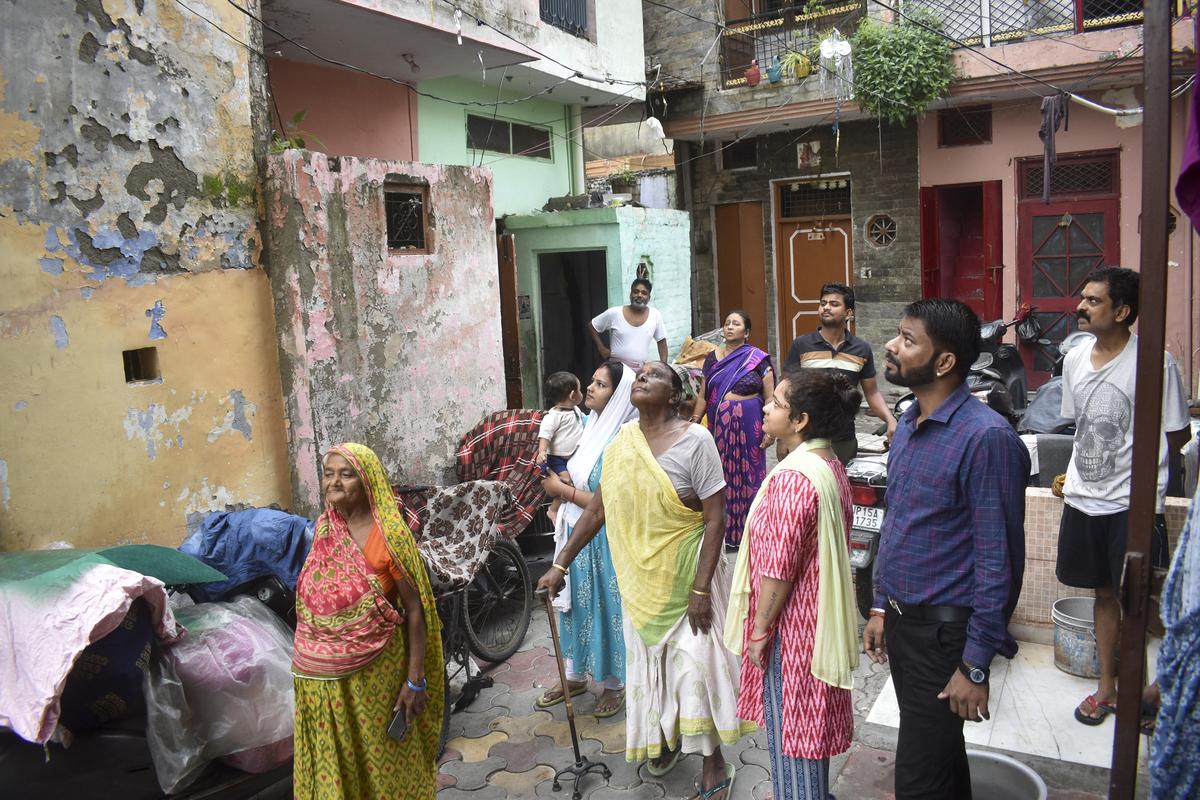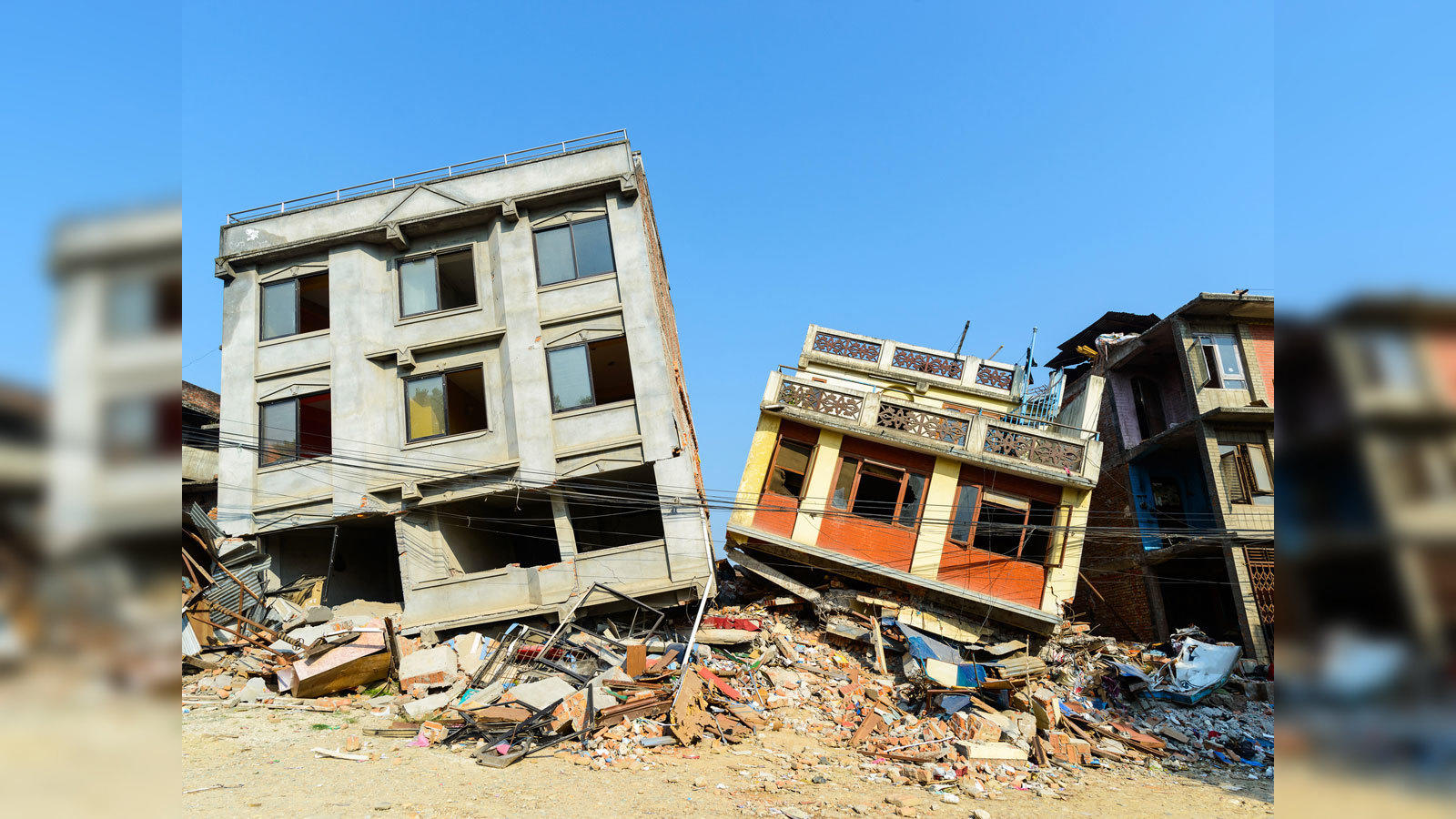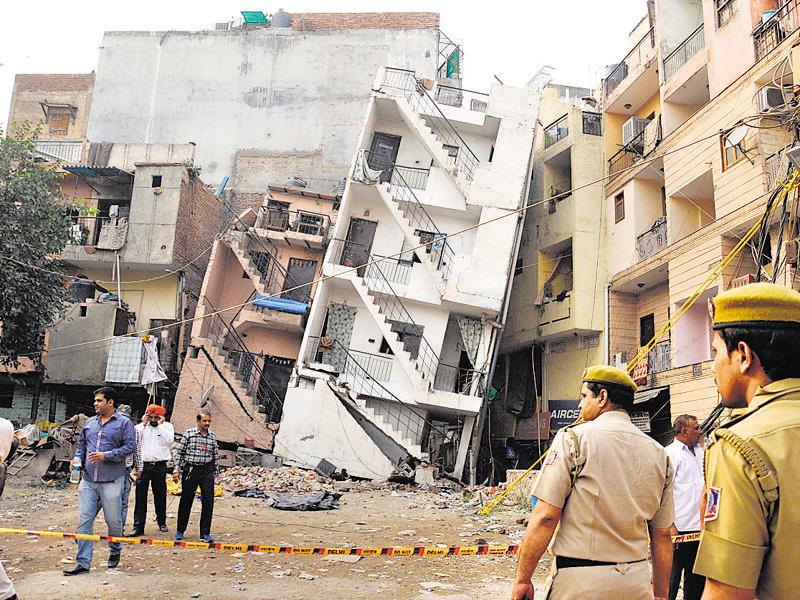On the morning of July 10, 2025, Delhi and the wider National Capital Region (NCR) experienced a powerful jolt as a moderate earthquake rippled through the region. The tremors, which measured 4.4 on the Richter scale, were felt across Delhi, Noida, Gurugram, Ghaziabad, Faridabad, and even distant towns like Meerut and Shamli. While the quake caused widespread alarm and sent thousands rushing from their homes and offices, the region ultimately emerged largely unscathed. This event, though not catastrophic, served as a stark reminder of the seismic vulnerability of India’s capital and the importance of preparedness and resilience.
The earthquake that struck Delhi-NCR on July 10, 2025, was a stark reminder of the region’s underlying seismic vulnerability. While the magnitude of 4.4 might be considered moderate by global standards, the densely populated nature of the capital and its satellite cities means that even such tremors can cause significant alarm. The event exposed the psychological impact earthquakes have on urban populations, especially in areas where such occurrences are infrequent but potentially devastating. The sudden shaking disrupted daily routines, triggered emergency responses, and sparked widespread discussions about preparedness and safety measures.
One of the most notable aspects of the earthquake was the speed and scale of the public’s reaction. Within seconds of feeling the tremors, thousands of residents evacuated their homes and workplaces, highlighting an increased awareness of earthquake protocols compared to past decades. This heightened state of readiness can be attributed to recent government campaigns and community drills that have emphasized the importance of quick evacuation and staying calm during seismic events. The collective response showcased how crucial education and preparedness are in mitigating panic and reducing casualties during natural disasters.
Despite the initial fear and disruption, the absence of casualties or major structural damage was a relief to all. This fortunate outcome was the result of several factors, including the moderate magnitude of the quake, the shallow depth of its epicenter, and the location being slightly away from the most densely built-up areas. Moreover, improvements in building codes and construction practices over the past decade have played a significant role in enhancing the resilience of many structures in Delhi-NCR. However, experts caution that this should not lead to complacency, as stronger earthquakes could still pose serious risks.
The geological setting of Delhi-NCR is complex and contributes to its seismic risk. The region lies near multiple fault lines, including the Delhi-Haridwar Ridge and the Sohna Fault, which are capable of generating earthquakes of varying magnitudes. The ongoing tectonic collision between the Indian and Eurasian plates creates immense stress underground, which is periodically released in the form of earthquakes. This tectonic activity is a natural part of the Earth’s dynamics but poses a continuous threat to the safety and infrastructure of the capital region, necessitating constant monitoring and preparedness.
In the aftermath of the quake, social media emerged as a vital platform for communication and information sharing. Residents used platforms to report their experiences, check on friends and family, and share safety tips. The rapid spread of information helped dispel rumors and misinformation that often accompany such events. Additionally, the use of humor and memes provided a psychological coping mechanism for many, turning fear into a shared experience of resilience. This digital engagement reflects how modern technology can support disaster response and community solidarity.

The Earthquake: What Happened?
At precisely 9:04 AM, residents across Delhi-NCR felt the ground shake beneath their feet. The epicenter was identified near Jhajjar in Haryana, about 60 kilometers from central Delhi, at a shallow depth of 10 kilometers. The tremors, though lasting only a few seconds, were strong enough to rattle furniture, swing ceiling fans, and prompt immediate evacuations from high-rise buildings, schools, and offices.
People described the sensation as a sudden, forceful shake—“the longest in years,” according to some. The initial confusion quickly gave way to alarm, with many rushing outside to safety. Fortunately, there were no reports of casualties or major structural damage, a relief for a region known for its dense population and rapid urbanization.
Scientific Context: Why Delhi-NCR Is at Risk
Delhi-NCR is classified as part of Seismic Zone IV, marking it as a high-damage risk area on India’s seismic map. The region’s vulnerability stems from its proximity to several active fault lines, including the Delhi-Haridwar Ridge, Sohna Fault, and Delhi-Moradabad Fault. The Indian plate’s ongoing collision with the Eurasian plate results in the accumulation and periodic release of seismic energy.
The July 10 quake’s shallow depth increased the intensity of surface shaking, but its moderate magnitude helped avoid severe destruction. Experts have long warned that Delhi’s geology and urban sprawl make it susceptible to both moderate and strong earthquakes, necessitating constant vigilance.
Public Reaction: Panic, Precaution, and Community Spirit
The immediate aftermath of the quake was marked by a mix of panic and quick thinking. As buildings swayed, people instinctively evacuated, gathering in open spaces and parking lots. Social media platforms buzzed with firsthand accounts, videos, and even humor, as residents tried to make sense of the event and check on loved ones.
Authorities responded swiftly, issuing advisories urging calm and sharing safety tips. Police and disaster management teams reassured the public that no major damage had occurred and emphasized the importance of following safety protocols. The collective response highlighted both the anxiety such events provoke and the growing culture of preparedness in Delhi-NCR.

Historical Perspective: Delhi’s Seismic Past
Delhi has experienced several significant earthquakes over the centuries. Notable events include the 1803 Garhwal earthquake and the 1956 Bulandshahr quake, both of which were felt strongly in the capital. In the past decade, Delhi has recorded numerous moderate tremors, though none have caused widespread destruction.
This history serves as a reminder that while major quakes are rare, the risk is ever-present. The city’s rapid expansion, especially the proliferation of high-rise buildings, has only heightened concerns about the potential impact of future seismic events.
Building Safety: Are We Prepared?
One of the most pressing concerns in the wake of any earthquake in Delhi-NCR is the structural integrity of its buildings. While many new constructions claim compliance with earthquake-resistant norms, experts caution that these standards often represent minimum requirements rather than guarantees of safety.
Older buildings, in particular, may not meet current seismic codes, making them vulnerable in the event of a stronger quake. Regular structural audits, retrofitting, and community drills are essential steps to ensure public safety. Residents are also encouraged to keep emergency kits ready and familiarize themselves with evacuation procedures.
Social Media and Information Flow
The digital age has transformed the way people experience and respond to disasters. Within minutes of the quake, hashtags like #earthquake trended across platforms, with users sharing updates, safety tips, and even light-hearted memes. This rapid exchange of information helped dispel rumors, provided reassurance, and fostered a sense of solidarity among residents.
Authorities leveraged social media to circulate official advisories and debunk misinformation, demonstrating the vital role of digital communication in modern disaster management.
Lessons Learned and the Road Ahead
The July 10 earthquake, while moderate in magnitude, offers several important lessons for Delhi-NCR:
-
Preparedness Matters: The absence of casualties and major damage underscores the value of public awareness campaigns and disaster management protocols.
-
Continuous Vigilance: Given Delhi’s seismic risk, regular drills, structural audits, and strict adherence to building codes are essential.
-
Community Resilience: The collective response—from swift evacuations to the sharing of information—demonstrates the adaptability and strength of Delhi’s residents.
Government agencies continue to update seismic maps, enforce building codes, and conduct training programs for first responders and the public. Ongoing education campaigns remind citizens of the steps to take before, during, and after an earthquake.
Conclusion
The earthquake that shook Delhi-NCR on July 10, 2025, was a powerful reminder of the region’s seismic risks. Yet, the city’s calm, coordinated response and the absence of tragedy highlight significant progress in disaster preparedness and public awareness. As Delhi continues to expand, the lessons from this event must guide future urban planning, construction, and civic education.
While the earth may shake again, the resilience and spirit of Delhi’s people remain unshaken. The challenge now is to build on these strengths, ensuring that the next time the ground trembles, the city stands even safer and stronger.
The earthquake also reignited conversations about the structural integrity of buildings across Delhi-NCR. While many new constructions claim to follow seismic-resistant designs, questions remain about the enforcement of these standards and the condition of older buildings. Retrofitting older structures and conducting regular safety audits are essential steps to reduce vulnerability. Furthermore, urban planners and policymakers must integrate seismic risk assessments into future development projects to ensure that the city’s growth does not come at the cost of safety.

Emergency services and disaster management agencies were quick to respond, issuing advisories and mobilizing teams to assess the situation. Their prompt action helped reassure the public and coordinate any necessary interventions. The event underscored the importance of having well-trained first responders and clear communication channels during emergencies. It also highlighted the need for continuous investment in disaster preparedness infrastructure and training to enhance the capacity to manage future seismic events effectively.
Public awareness campaigns have made significant strides in recent years, and the July 10 earthquake demonstrated their impact. Schools, offices, and residential complexes that regularly conduct earthquake drills saw more orderly evacuations and better adherence to safety protocols. This progress is encouraging but must be sustained and expanded to reach more vulnerable populations, including informal settlements and older neighborhoods where awareness and resources may be limited.
The psychological effects of the earthquake on residents cannot be overlooked. Even moderate tremors can induce anxiety and stress, especially among children, the elderly, and those who have experienced previous disasters. Mental health support and community counseling should be integral parts of disaster response plans to help individuals cope with the trauma and fear that such events can trigger. Building emotional resilience is as important as physical preparedness in creating a safer, more disaster-ready society.
Follow: Seismology

